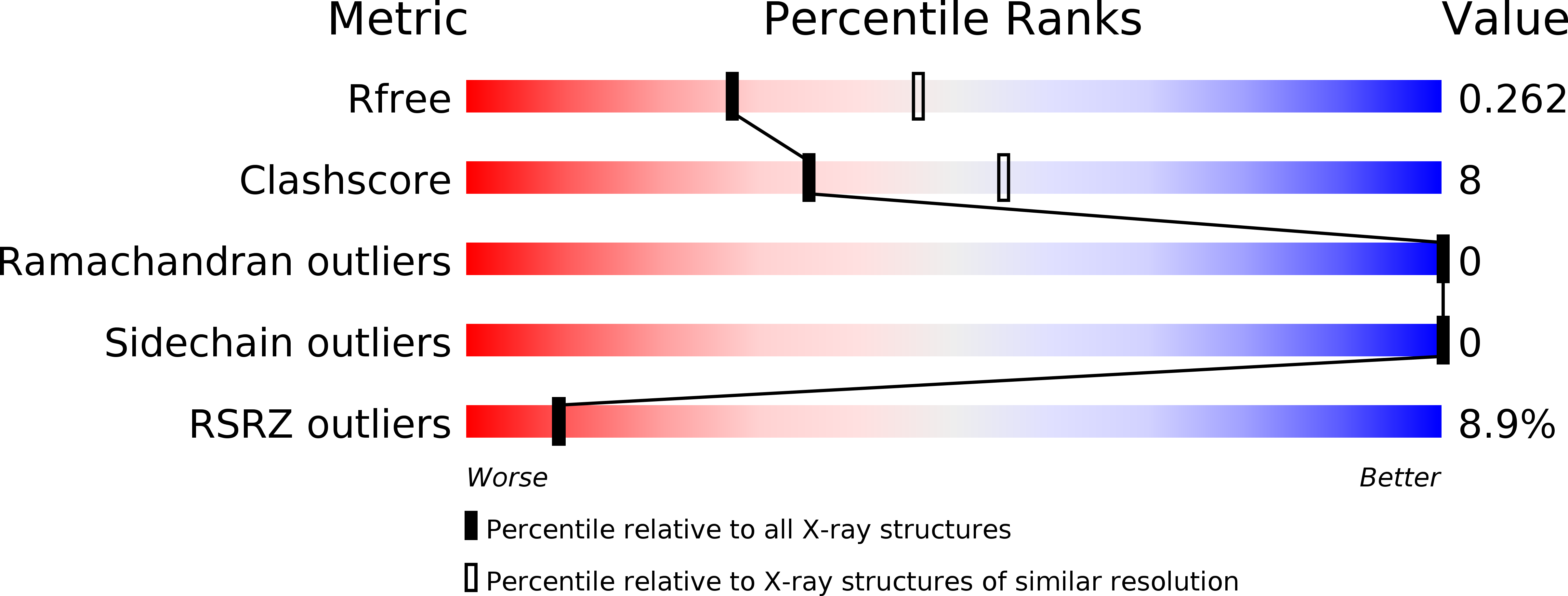
Deposition Date
2017-01-19
Release Date
2017-03-08
Last Version Date
2023-10-04
Method Details:
Experimental Method:
Resolution:
2.51 Å
R-Value Free:
0.26
R-Value Work:
0.21
R-Value Observed:
0.22
Space Group:
I 21 21 21


